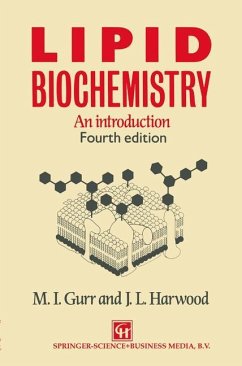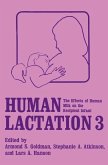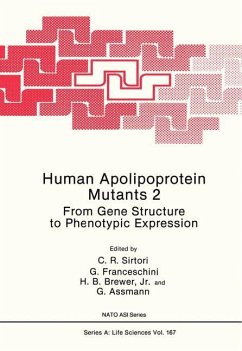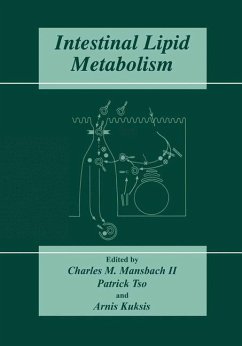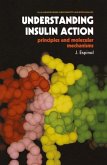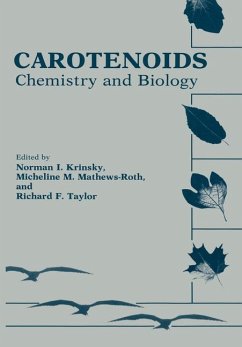Lipids can usually be extracted easily from tissues by making use of their hydrophobic characteristics. However, such extractions yield a complex mixture of different lipid classes which have to be purified further for quantitative analysis. Moreover, the crude lipid extract will be contami nated by other hydrophobic molecules, e.g. by intrinsic membrane proteins. Of the various types of separation processes, thin layer and column chromatography are most useful for intact lipids. High performance liquid chromatography (HPLC) is also rapidly becoming more popular, especially for the fractionation of molecular species of a given lipid class. The most powerful tool for quantitation of the majority of lipids is gas liquid chromatography (GLC). The method is very sensitive and, if adapted with capillary columns, can provide information with regard to such subtle features as the position or configuration of substitutions along acyl chains. By coupling GLC or HPLC to a radioactivity detector, then the techniques are also very useful for metabolic measurements. Although research laboratories use generally sophisticated analytical methods such as GLC to analyse and quantify lipid samples, chemical derivatie:ations are often used in hospitals. For these methods, the lipid samples are derivatized to yield a product which can be measured simply and accurately-usually by colour. Thus, total triacylglycerol, cholesterol or phospholipid-phosphorus can be quantitated conveniently without bothering with the extra information of molecular species, etc. which might be determined by more thorough analyses. REFERENCES Christie, w.w. (1982) Lipid Analysis, 2nd edn, Pergamon Press, Oxford.
Hinweis: Dieser Artikel kann nur an eine deutsche Lieferadresse ausgeliefert werden.
Hinweis: Dieser Artikel kann nur an eine deutsche Lieferadresse ausgeliefert werden.
`This should prove to be a valuable addition to the library of a generation of food biochemists and food scientists.'
Food & Nutrition Press
`This new edition has been rewritten and brought up to date and will give the reader both information and perspective about lipids.'
General Pharmaceutical
`...well illustrated...a succinct, but wide-ranging survey of nearly all aspects of lipid biochemistry...reasonably priced...As a first reference it will certainly be useful for scientists.'
Journal of Plant Physiology
Food & Nutrition Press
`This new edition has been rewritten and brought up to date and will give the reader both information and perspective about lipids.'
General Pharmaceutical
`...well illustrated...a succinct, but wide-ranging survey of nearly all aspects of lipid biochemistry...reasonably priced...As a first reference it will certainly be useful for scientists.'
Journal of Plant Physiology
`This should prove to be a valuable addition to the library of a generation of food biochemists and food scientists.'
Food & Nutrition Press
`This new edition has been rewritten and brought up to date and will give the reader both information and perspective about lipids.'
General Pharmaceutical
`...well illustrated...a succinct, but wide-ranging survey of nearly all aspects of lipid biochemistry...reasonably priced...As a first reference it will certainly be useful for scientists.'
Journal of Plant Physiology
Food & Nutrition Press
`This new edition has been rewritten and brought up to date and will give the reader both information and perspective about lipids.'
General Pharmaceutical
`...well illustrated...a succinct, but wide-ranging survey of nearly all aspects of lipid biochemistry...reasonably priced...As a first reference it will certainly be useful for scientists.'
Journal of Plant Physiology

